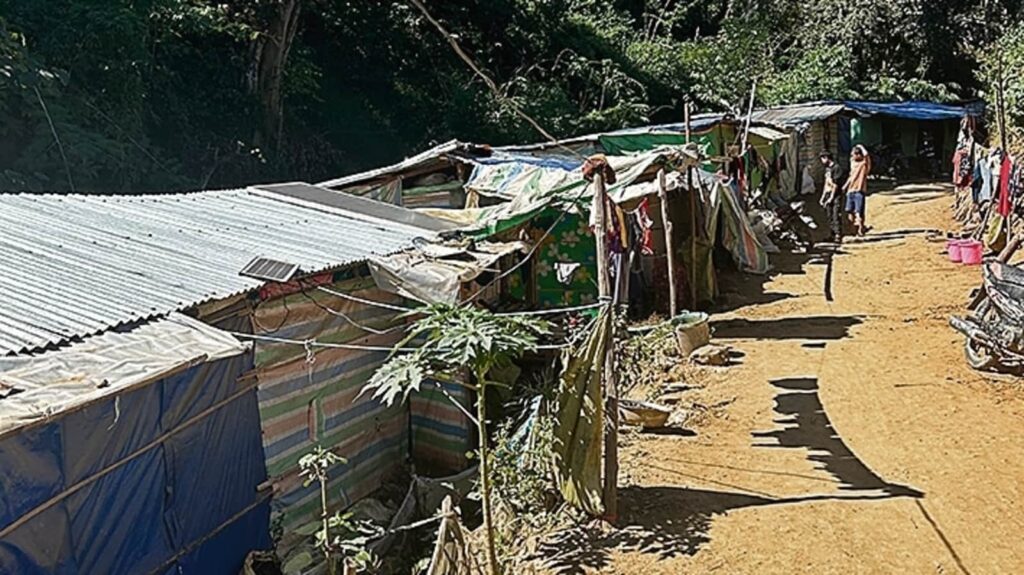The intensified fighting in Myanmar has exacerbated the refugee crisis in Mizoram. Following air strikes by the junta in the Chin province that borders Mizoram and Manipur, people are fleeing Myanmar to the safety of India. This newspaper, while visiting camps at the Mizoram-Myanmar border, found that the government has issued at least 30,000 identity cards to refugees. Many more are in the country, undocumented. The refugee influx is not surprising since the borders are porous and communities living in the two countries share ethnic ties – the Kuki-Zomi people residing in the Patkai Hills, which divide India and Myanmar may have different nationalities but share community solidarity. The government in Mizoram is maintaining camps for the refugees though Aizawl has been complaining about a shortage of money and other aid. In contrast, the government in Imphal has been hostile to the refugees, now caught in the inter-ethnic tensions.
These diverse responses reflect the lack of refugee law in India, ironic considering that this nation was born in the midst of one of the largest refugee crises in history. Delhi is not a party to the 1955 Refugee Convention or its 1967 Protocol, which defines who a refugee is and the obligations host countries have towards those fleeing persecution at home. Refugees are dealt with under the 1946 Foreigners Act, which substantially diminishes their rights. In the absence of a legal regime, the State’s attitude becomes arbitrary and is shaped by geopolitical considerations, local ethnic, linguistic and cultural relations, domestic electoral compulsions and religion. The administration in the years after Independence was accommodative of refugee concerns – India saw a major refugee inflow after Partition in 1947, from Tibet beginning in the late 1950s, East Pakistan/Bangladesh in the 1970s, and Sri Lanka and Afghanistan in the 1980s. Institutions have since hardened their attitude and flag security concerns and fears of demographic change. The political dynamic has shifted with religious identities influencing the discourse: Refugees are conflated with illegal immigrants, as evident in the debates on the Citizenship Amendment Act and the State response to the Rohingya.
Delhi must shed its ad hoc approach and formulate a refugee policy in the spirit of UN laws. India’s neighbourhood continues to be restive: Factors from the climate crisis to ethnic conflicts are likely to produce refugees and Delhi, as a leader of the Global South, may have to provide leadership at times of crisis. Meanwhile, Aizawl needs help to deal with the influx from Myanmar.
Continue reading with HT Premium Subscription
Daily E Paper I Premium Articles I Brunch E Magazine I Daily Infographics


